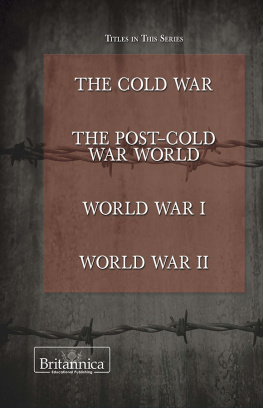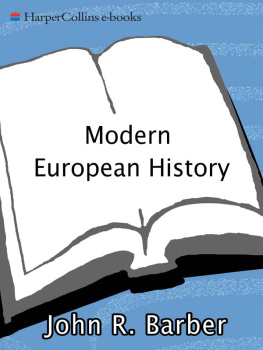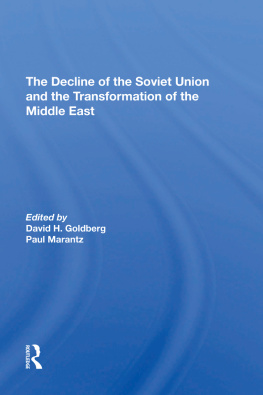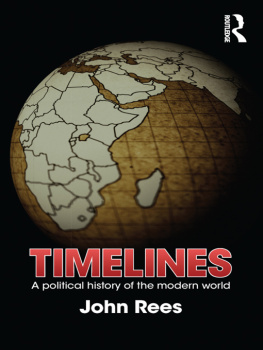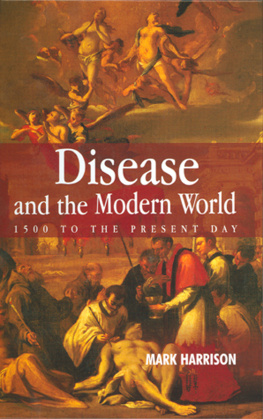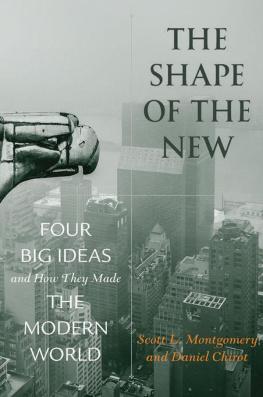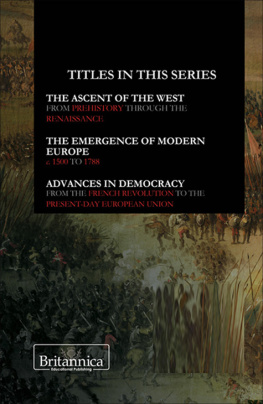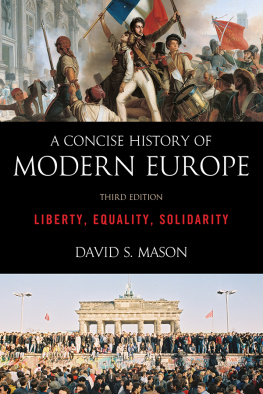
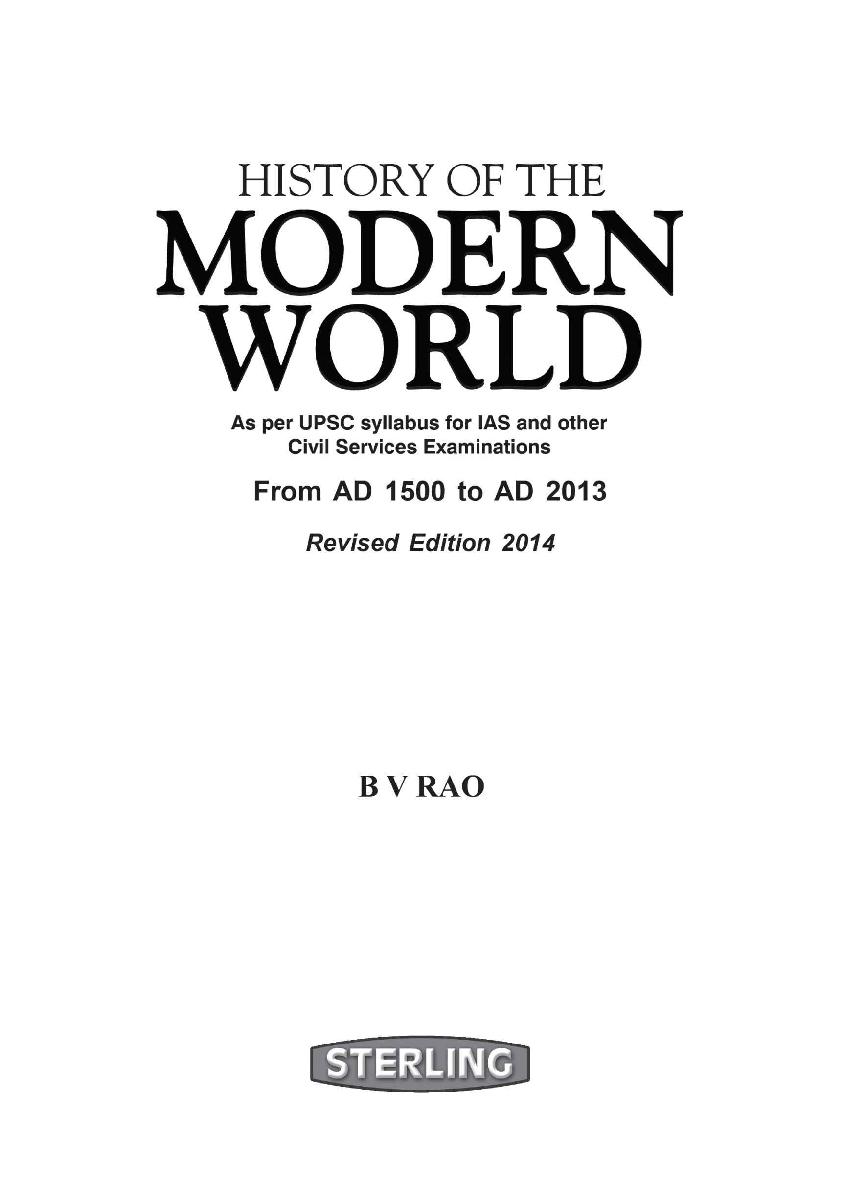
STERLING PUBLISHERS PRIVATE LIMITED
Regd. Office: A-59, Okhla Industrial Area, Phase-II,
New Delhi-110020. Cin: U22110PB1964PTC002569
Tel: 26387070, 26386209; Fax: 91-11-26383788
E-mail:
History of the Modern World
2014, B V Rao
ISBN 978 81 207 7776 7
First Edition 2013
Reprint 2014
Revised Edition October 2014
All rights are reserved. No part of this publication may be reproduced, stored in a retrieval system or transmitted, in any form or by any means, mechanical, photocopying, recording or otherwise, without prior written permission of the original publisher.
Preface to the First Revised Edition
T he purpose of revising this book History of the Modern World is twofold. The first involved in going through the contents of all the chapters in a meticulous manner, and correcting mistakes, if any.
The second is far more important in the sense that more information has been added to make some chapters comprehensive. Some of the other chapters have been revised to include events up to 2013. To be specific, discerning students may find these in chapters on The American Revolution and the Constitution ().
Hope the candidates and students find the contents of this book more useful and interesting.
Bengaluru | B.V.Rao |
3/10/2014 | email: |
Preface
T his book covers the syllabus of History Main (World History of UPSC Civil Services Exam). It includes all the topics from the Period of Renaissance to Modern Globalisation, and also incorporates Current History. Candidates appearing for the Civil Services Exam will find it useful and interesting. They should not only master the subject and update their knowledge, but also develop ability to analyse questions raised in the competitive exam.
The students studying Contemporary World may also find it helpful in preparing for the exam. Those reading this book may send their feedback to the author.
Contents
PART I
Enlightenment and Modern Ideas
Renaissance as Historical Background
T he term Renaissance is French and derived from the Latin word, renascor, meaning rebirth. Historians used this term as a concept to describe the revival of Graeco-Roman spirit of scientific enquiry and humanism which began in the early 14th century and lasted till the beginning of the 17th century in Europe. One would say that during this period the so-called medievalism ended and modern times began. Carlton Hayes, adds that the word Renaissance should be used in a restricted manner, because many other characteristics during this period of transition manifested which were not due to the revival of ancient Greek and Roman classics. They were incidental and independent. What marked the renewed interest in the new learning was humanism and secular spirit.
The Renaissance was an intellectual movement and in the course of time developed many characteristics of its own.
Characteristics of the Renaissance
The foremost among the characteristics of the Renaissance was the vogue of classicism, which meant the admiration and adoption of all the best features of the classical civilisations of Greece and Rome. To put it in other words, one may say that Renaissance art and literature were deeply influenced by ancient classical civilisations.
Humanism was another interesting characteristic of Renaissance. Scholars and artists paid attention to human interest and human values. The great humanist scholar, Erasmus, laid emphasis on human values and criticised the Church for ignoring them. The study of old classics fostered human values, and appreciation of human nature, interest and values. Even the medieval universities spread the gospel of humanism through its subjects (today classified as humanities). Primarily interested in classical literature and profane history, the humanist scholars eulogised the natural, the human, and the sensual instead of what was ascetical, supernatural and theological.
Renaissance introduced a new type of thinking in which achievements of the Middle Ages hardly merited attention. For example, some renaissance artists considered Gothic style of architecture as barbaric. Their contempt for the Middle Ages was so great they considered it the Dark Ages.
Intellectual curiosity and criticism marked the New Learning and those who pursued their studies relentlessly searched for the lost manuscripts of classical writers. They went and ransacked all the old libraries and monasteries and finally succeeded in discovering some of the works of Roman historians, mathematical works of Firmicus, Ciceros oration on Caecina and so on. Thus collection of old classical works became a fad or passion among research scholars. These works were considered treasures to be preserved for the posterity. Thus classical scholarship was enriched by newly discovered source materials which were supposedly lost forever.
The humanist scholars and artists indulged in self-glorification and wide publicity in contrast with self abnegation of the medieval monk, who lived in humility and obscurity. This self-assertive individualism was a marked trait found among all the scholars, poets and artists of Renaissance. They became free from restraints and placed man on the highest pedestal in the universal scheme of things.
The New Learning replaced the medieval scholastic learning. Learning of Greek and Latin assumed importance throughout the Christendom. Even if an artist or scholar desired to attain fame, learning of Greek and Latin took precedence over the vernacular language. Pagan literature and profane history were studied by one and all, and subsequently patronised by the Popes and rulers of the Sixteenth century.
Factors aiding the flowering of Renaissance
A succession of events in the year 1453, led to most significant results in European history. It was during that year that the Ottoman Turks captured Constantinople, the capital of the Byzantine empire, thus bringing about its downfall. Christian scholars fled the capital carrying classical works and many took refuge in Italy. The Italian city statesespecially Florence and Venice received them. Even before their arrival, the humanist scholar, Francesco Petrarch, with his writings, opened the eyes and minds of his men to the glories of Greek and Roman civilisation. He was relentlessly searching for old manuscripts which would familiarise him with the wisdom of ancient Greeks and Romans. Petrarch discovered copies of Ciceros orations and his joy knew no bounds. He impressed upon his followers to carry out an intensive search for old manuscripts. He was a well known scholar of his times enjoying patronage of European rulers and the Pope.
The scholars who settled in Italymost of them settled in Florencespread love for classical learning among their students. Chrysoloras, a Greek scholar and teacher, who had fled Constantinople, started a school in Florence for classical Greek studies and lectured on Homer to a large number of students. Similarly the Greek scholars and teachers opened academies on the model of Plato in important centres of Italy.
The patronage of great and eminent persons in power was also responsible for the growth of Renaissance. In Italy, the Medicis and the Pope, in France it was King Francis I, in England the famous Queen Elizabeth I and Emperor Charles V all helped the cause of New Learning. What is more interesting is that even the Popes like Nicholas V, Pius II and Leo X became votaries of New Learning which was considered pagan classics. It did not arouse any opposition from the Church.
Next page

